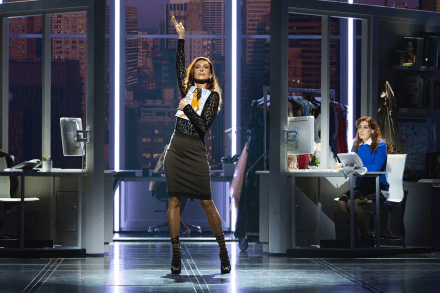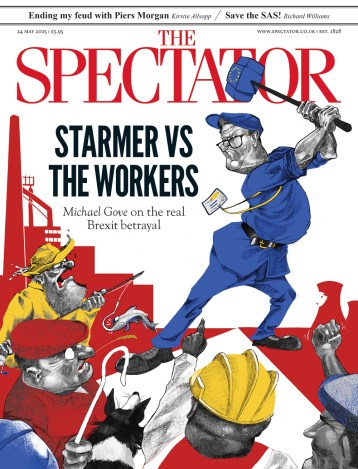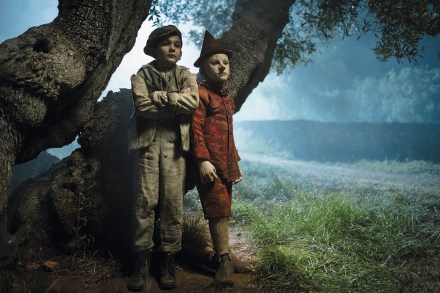Elton John’s The Devil Wears Prada is sumptuous but unmemorable
The Devil Wears Prada is a fairy tale about an aspiring female novelist, Andy, who receives a job offer from Runway, the nastiest and most influential fashion magazine in America. Miranda, the editor, is a Botoxed uber-bitch who doesn’t really want to hire Andy, but does anyway. And Andy doesn’t really want to work in fashion, but does anyway. Slightly odd. Visually, the show is a sumptuous treat that offers Olympic-standard costumes, set and lighting designs Andy is like Paul Pennyfeather in Decline and Fall, a bland but trustworthy cipher who bears witness to a fascinating world of excess and corruption. She’s barely a character, more a device. The best



